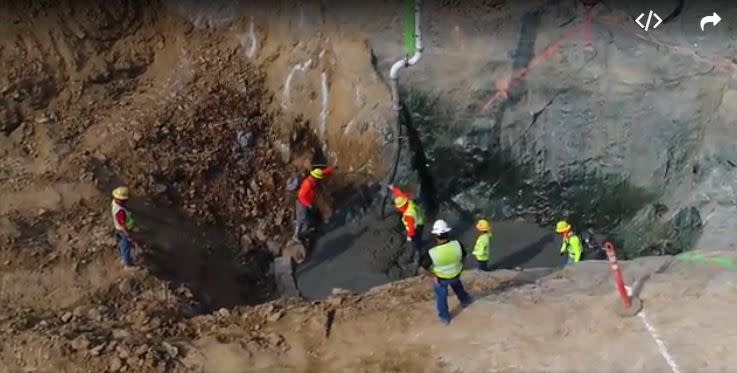-
1
- #1
msquared48
Structural
- Aug 7, 2007
- 14,745
Erosion has created a 300-foot-deep hole in the concrete spillway of Oroville Dam and state officials say it will continue grow.
State engineers on Wednesday cautiously released water from Lake Oroville's damaged spillway as the reservoir level climbed amid a soaking of rain.
Situated in the western foothills of the Sierra, Lake Oroville is the second-largest manmade reservoir in California after Shasta....
Member Spartan: Stage storage flow data here for those interested:
Mike McCann, PE, SE (WA)


